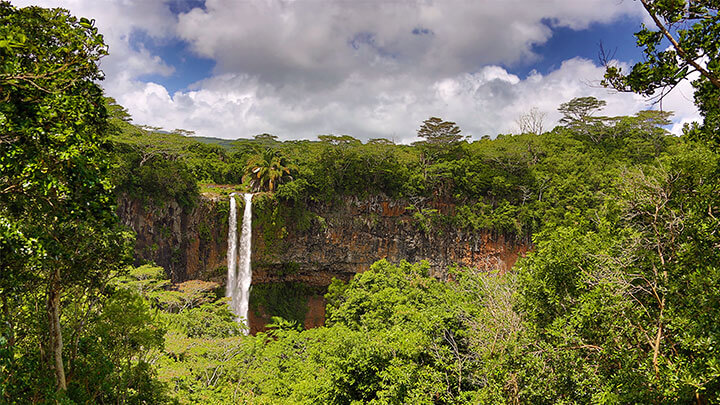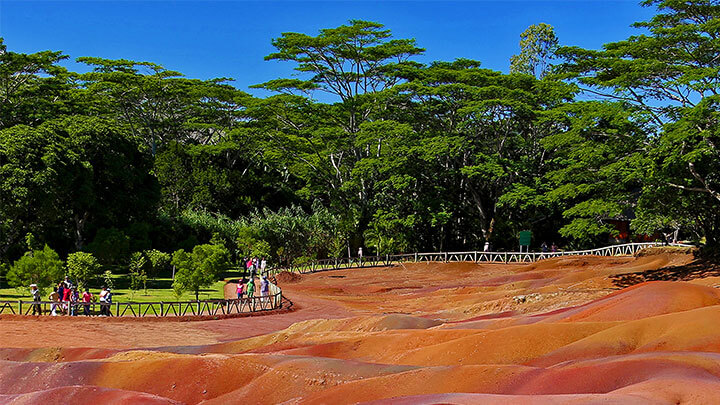Welcome to the Turquoise Travel Diaries, a collection of interviews, stories, and excerpts from our fabulous team, as they travel around the world. Here at Turquoise, we pride ourselves on our unrivalled knowledge of the destinations in which we specialise, so we can provide honest, expert advice to all our guests and fellow travellers. This week, Indian Ocean specialist Jake has returned from Mauritius and recalls his time spent in the island’s mesmerising mountainous region of Chamarel…
The idyllic beaches of Mauritius are among the obvious draws to this amazing island. However, if you can muster the strength to pull yourself away from the beautiful sands, an area of Mauritius that’s worth visiting is Chamarel. Located in the Rivière Noire district in the south-west of the island, this region is filled with scenic nature and plants that are endemic to Mauritius, as well as a glimpse into one of its greatest exports – rum.
Chamarel is also a gateway to Black River Gorges National Park, which encompasses over 6,000 hectares of untouched, pristine jungle. A viewpoint up in the mountains of the national park offers stunning views and on a clear day, the Indian Ocean can be seen in the distance. Macaques can be found around the highest points of Chamarel and provide some great photo opportunities – if you can get them to stay still long enough!
One of the most picturesque sights on offer in Chamarel is its namesake waterfall. Fed by two rivers, the Saint Denis and Viande Salee, the waterfall is the highest in Mauritius, at around 300ft. During the dry season (May to October), over 22,000 cubic metres of water flows over the edge but during the wet season (November to April) it almost doubles to around 40,000 cubic metres. This is one of the island’s most popular attractions, so we suggest going early to avoid the large crowds!

Your visit to the waterfall also includes another of Mauritius’ most famous sights, the Seven Coloured Earths. The decomposition of volcanic rock, which is composed of soil, iron and aluminium, has given the earth a multicoloured effect which, on a sunny day, reveals red, violet, green, blue, purple, brown and yellow colours. Pick your day here carefully though – go on a day when the sun isn’t out and the sight can just resemble a muddy hill. In the same area, you can also find Aldabra giant tortoises, who Charles Darwin helped to introduce to the island in the 1880s.

To finish off your day exploring, take a trip to the rum distillery. Sugar cane occupies a third of Mauritius, after it was introduced by Dutch pirates in the 1600s to make rum. The Rhumerie de Chamarel carries on this old tradition, albeit with much more modern technology. Take a tour through the distillery and watch the sugar cane being broken down and fermented and then, through a very careful and arduous process, result in some beautifully flavoured rums. The flavours include coffee, mixed fruits and vanilla, all of which you’ll be able to sample at the end of your tour.















